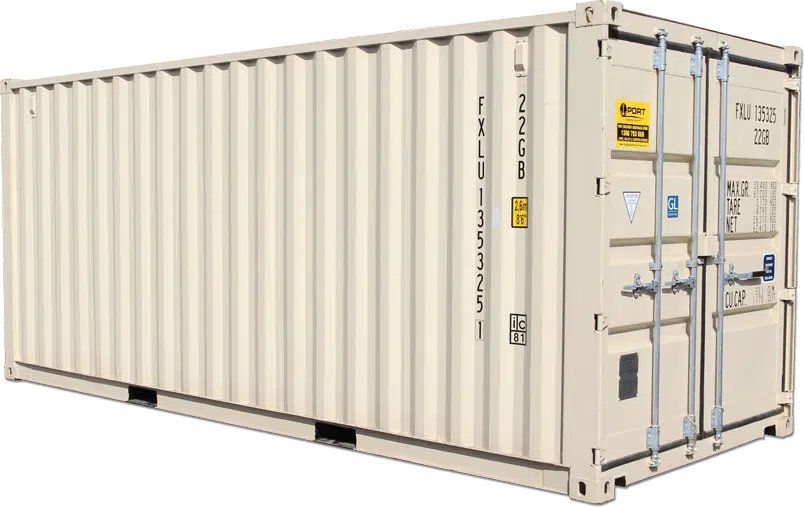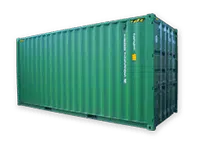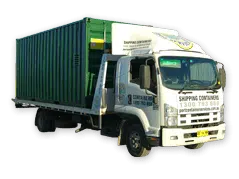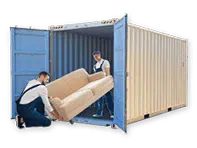What is the Standard Size of a Shipping Container?
Shipping container dimensions can seem a really complicated and confusing subject to the layperson. But in reality, working out what shipping container dimension you need for your company’s transportation or storage requirements, is actually a lot more straightforward than you might think. Watch the video below to find out more:
Standard Container Sizes
In the world of container hire or sales, standard shipping containers come in 10ft, 20ft shipping containers and 40ft shipping container sizes. And if you’re working in an industry (like mining, construction, energy, etc) where 40 foot containers might not be big enough; you can super-size your order by adding additional containers (either side by side, or stacked) with the use of Port Shipping Containers’ very own, industry-leading ‘Port Joining Kits’.
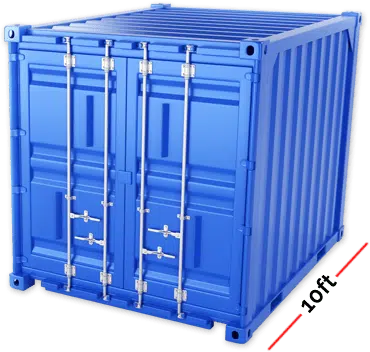
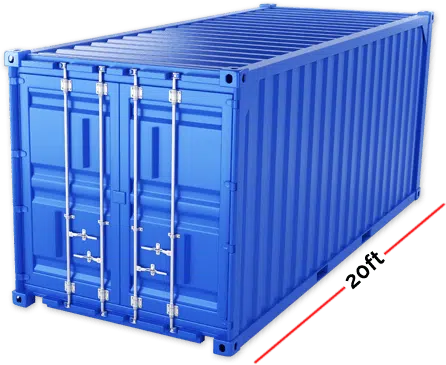
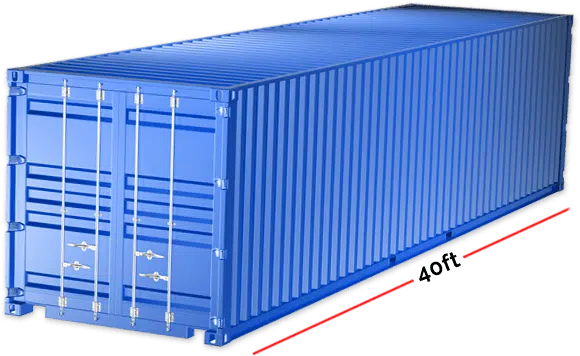
A Container size should be considered as having two – and internal and external. Being generally rectangular in shape and cubed, measures will include a width, height and length.
The internal size will be important to know for your contents going into the container, and the external size for the location or surrounding area your container will be placed. With the outside area a few more things should be considered, like will the box be able to conveniently be picked or moved around if needed? This means ample space above and around it. Take a look at Port Shipping Containers has a Transport Guide to show you how containers are delivered. Let’s not forget about the openings of containers either! We have a number of different shipping containers that can have a variety of openings installed, Side Opening Containers will need at least double the base width to get only half of the door open.
The external area needs to be carefully thought about as the space outside the container has more variables. You do not want to restrict either the movement of your container coming in and out or the opening of doors.
External Shipping Container Dimensions
The following details how each external measurement is taken:
- External Length – measured from the farthest points along the longest side of the container. This measurement is the most common reference to this the size of containers e.g. 20 foot, 40 foot.
- External Width – measured on the narrowest side or on the container door end (unless the container has been modified).
- External Height – measured from the bottom frame to the top frame of the container, on the outside.
Internal Shipping Container Dimensions
The following explains how each internal measurement is taken:
- Internal Width – measured from the two longest sides of the container on the inside
- Internal Length – measured from the two shortest sides of the container on the inside.
- Internal Height – measured from the floor level to the ceiling level of the container inside.
- Door Opening Width – this is calculated from the inside right and left of the support frames, allowing for a small gap for the opening radius of the door.
- Door Opening Height – this is calculated from the floor to underneath the horizontal cross support of the container or the top of the door opening, it is usually the same or less than the internal height.
Container Dimensions
Once you’ve worked out standard shipping container dimensions and measurements, you’ll need to find out a little more about them to help you buy the container that’s right for you.
All our shipping containers are water, wind and vermin proof, come with 270-degree opening doors and are build from solid structural steel. They are also transportable, which means your storage container (no matter what dimension), can be transported to almost any location you need. And of course they come with a 30-day money back guarantee, so you can always shop with complete confidence.
Once you know which shipping container dimensions are available, you’ll need to know which one to choose. Opting for too little space may lead to spending more money in the long run. In contrast, choosing too much means that space goes to waste. Whether you opt to hire or purchase a shipping container, it’s important to choose the right dimensions to fit within your budget.
Considerations When Choosing Your Shipping Container Dimensions
First of all, consider what you are using the shipping container for. For example, you can use one for shipping or storing goods, or you can use one for liveable purposes, such as an office or summerhouse.
If you’re shipping goods, calculate how you’ll stack and store them, as well as their dimensions. Doing this will allow you to determine whether they’ll fit into your container neatly. During the process, don’t forget to account for packaging. For example, boxes, bubble wrap, and anything else that keeps your goods safe.
If you’re using your container as an office or living space, however, matters get a little more complicated.
What Size Shipping Container Do I Need?
First of all, think about the size of your furniture and any other items you need, as well as giving office workers or those using the space enough room to mobilise inside. You should also consider:
Whether You’re Likely To Add in More Items Or People in The Future
If you’re using one as an office or living space, consider whether your shipping container dimensions will account for extra people or items in the future. For example, some businesses require extra staff around seasonal periods. If this is the case, you may need a larger container than you’re considering.
What You’re Using The Container For
For example, if you’re working in an office, you may need less room than someone creating a technical workspace. Similarly, if you’re creating a workout space that doesn’t require equipment, you may need less space than if you’re creating a personal gym.
How Adaptable Does the Container’s Space Need To Be?
How adaptable your container is may be particularly important if you’re using it as a pop-up store that you drag between trade shows, or if you want to create extra space at your property, but you’re not sure why. If you need to take an adaptable approach, bigger is probably better.
Fortunately, our expert team is here to assist with your shipping container dimension queries. For more information about the various shipping container dimensions available for sale or for hire, call on 1300 957 709 or else fill out your details below to receive a free no-obligation instant online quote.
Shipping Container Dimensions for Sale and Hire
| Specifications | 10′ Container | 20′ Container | 40′ Container |
|---|---|---|---|
| Inside Cubic Capacity | 14.5 m3 | 33.2 m3 | 67m3 |
| Maximum Gross Weight | 10,160 kg | 24,000 kg | 30,480 kg |
| Tare Weight | 1.500 kg | 2.360 kg | 3.980 kg |
| Dimensions | Length | Width | Height |
|---|---|---|---|
| 10′ External | 3.10 m (10′) | 2.44 m (8′) | 2.59 m (8′ 6”) |
| 10′ Internal | 2.98 m | 2.35 m | 2.38 m |
| 20′ External | 6.05 m (20′) | 2.44 m (8′) | 2.59 m (8′ 6”) |
| 20′ Internal | 5.90 m | 2.35 m | 2.38 m |
| 40′ External | 12.19 m (40′) | 2.44 m (8′) | 2.59 m (8′ 6”) |
| 40′ Internal | 12.01 m | 2.35 m | 2.38 m |

